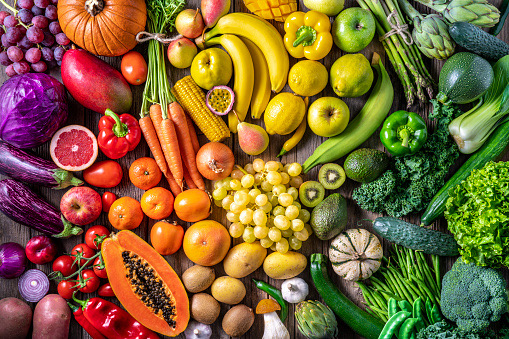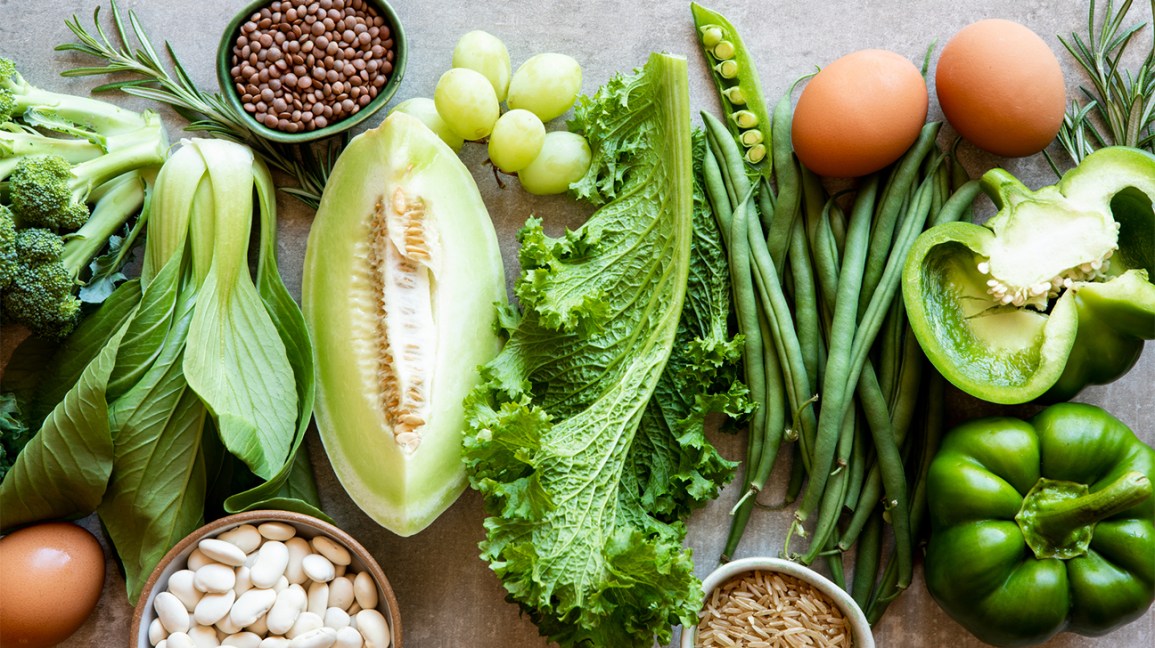
America's Test Kitchen cookbooks are the best choice for vegetarian cookbooks. Their cookbooks are rigorously tested and vetted to ensure their quality and deliciousness. They include simple-to-follow recipes that require no more than 45 minutes to prepare. Many include detailed photographs that show how to prepare vegetables. These cookbooks also boast the benefit of being written and edited by James Beard Award-winning authors. These cookbooks are often filled with recipes from Europe, Asia and the Caribbean.
Deborah Madison
Vegetarian Cooking for Everyone was published in 1997. It includes 1,400 recipes including desserts, soups, meals, and more. It's the ideal book for any vegetarian chef. Easy recipes are available for those who don't have the budget. It is also impressive for the book's beautiful illustrations.
Deborah Madison is the author of 13 vegetarian cookbooks that have sold more than 1.2 million copies. Her simple, vegetarian-based cooking style is her best. She got her start in the culinary world at the celebrated Chez Panisse and opened the vegetarian restaurant Greens, where she was praised for introducing vegetarian cooking to the masses. She also received several awards, including the James Beard Foundation Cookbook Hall of Fame Award.

Kathryne Taylor
Kathryne Taylor's latest cookbook contains many recipes for vegans and vegetarians. The recipes are all plant-based and include tips on how they can be prepared. Toasting nuts and seeds gives them a crunch while caramelizing vegetables enhances their rich flavors. Some of the recipes include a Mango Lassie Smoothie Bowl containing toasted coconut muffins, a Morrocan-style vegetable salad, and Dark Cherry Almond Crisp.
The Vegan Cookbook's comprehensive guide on vegetables is another helpful feature. More than 100 recipes are included that use vegetables creatively. It also includes tips for seasoning vegetables and information on the nutritional value of each vegetable. Some recipes are suitable for grilling.
Mark Bittman
Mark Bittman's new cookbook for vegetarians is the latest addition to his How to Cook Everything Series. Whether you're vegan, a vegetarian, or just looking for something a bit different, this cookbook has everything you need to make healthy meals. Bittman is a master chef and has assembled a tempting collection of recipes to impress your dinner guests.
How to Cook Everything Vegetarian offers easy-to-prepare recipes and a huge variety. The book has more than 2 000 recipes. This makes it more varied than many other vegetarian cookbooks. Each recipe includes step-by-step instructions, including vegan substitutions for common ingredients and staples.

Nobu Matsuhisa
Nobu Matsuhisa’s new cookbook is a fantastic way to learn creative and delicious ways of making vegetarian food. It includes a diverse array of recipes, from sushi to grilled skewers. Vegetarians will also love his vegetable sweets and fifteen delicious cocktail recipes. This cookbook, written by Nobu Maatsuhisa, is a wonderful way to discover his latest creations.
Nobu Matsuhisa's new vegetarian cookbook is focused on making vegetarian meals equally delicious and healthy. The book contains a few meatless recipes but the majority of the recipes aren't vegetarian. The new cookbook also features a chapter on how to cook fish. Matsuhisa's philosophy that vegetables should be the main focus, "A New Way to Cook Vegetarian", is evident in the title.
Dynise Balcavage
Dynise Balivage's new vegan cookbook Pies and Tarts With Heart features delicious vegan recipes. Balcavage, a blogger at The Urban Vegan, shares stories about her travels across the globe and her experiences with food. Balcavage's posts include stories about how she got the food from different countries. Her blog is a reminder that there are many places in the world, and that people can be accepted regardless of their beliefs.
FAQ
How does an anti-biotic work?
Antibiotics kill harmful bacteria. Antibiotics are used to treat bacterial infections. There are many options for antibiotics. Some can either be administered orally, while others may be injected. Other antibiotics can also be applied topically.
Many people who have been exposed can be prescribed antibiotics. One example is if someone has had chickenpox and wants to prevent shingles. Or, if someone has had strep throat, he or she might receive an injection of penicillin to help prevent pneumonia.
When antibiotics are given to children, they should be given by a doctor. Side effects of antibiotics can be more dangerous for children than for adults.
Diarrhea is one of the most common side effects of antibiotics. Other side effects possible include dizziness, nausea, vomiting, stomach cramps, stomach pains, dizziness and allergic reactions. Most of these symptoms disappear after the treatment is completed.
What causes weight loss as we age?
How can you determine if your bodyweight is changing?
When the body has less fat than its muscle mass, it is called weight loss. This means that you must consume more calories than you use daily. A decreased level of activity is the main cause of weight loss. Other reasons include poor eating habits, stress, hormone imbalances, certain medications and illness. A person who has more fat than their muscle mass will experience weight gain. This happens when people consume more calories than they burn during the day. The most common causes are overeating, increased activity, hormonal changes, and excessive calories.
Our bodies lose weight mainly because we consume less calories than what we burn. The main reason we lose weight is because we exercise more often. This increases our metabolism rate and burns more calories each day. This doesn't necessarily mean we will lose weight. What matters is whether we are losing fat or building muscle. If we're burning more calories that we consume, we'll lose weight. But if we're consuming more calories than we're burning, then we're actually storing them as fat.
As we get older, we tend not to be as mobile and move as fast. We also tend to eat less food than we did when we were younger. Also, we are more likely to gain weight. On the other hand, we have more muscle mass and look larger than we actually are.
There's no way to tell how much weight you've lost unless you weigh yourself every week. There are many methods to measure your weight. You can also measure your waistline, your hips or your thighs. Some prefer to use bathroom weights, others prefer tape measure.
For a better track of your progress, try to weigh yourself once per week and measure your waistline once every month. You can also take pictures of yourself every few months to see how far you've come.
You can also check your height online to find out how many pounds you have. For example, if your height is 5'10", and your weight is 180 pounds, then you'd probably be 180 pounds.
How can I tell what is good for me?
You need to listen to your body. When it comes to your body's needs for exercise, food, or rest, it is the best. It's important to pay attention to your body so you don't overdo things. Listen to your body and make sure you're doing everything you can to stay healthy.
Statistics
- nutrients.[17]X Research sourceWhole grains to try include: 100% whole wheat pasta and bread, brown rice, whole grain oats, farro, millet, quinoa, and barley. (wikihow.com)
- The Dietary Guidelines for Americans recommend keeping added sugar intake below 10% of your daily calorie intake, while the World Health Organization recommends slashing added sugars to 5% or less of your daily calories for optimal health (59Trusted (healthline.com)
- Extra virgin olive oil may benefit heart health, as people who consume it have a lower risk for dying from heart attacks and strokes according to some evidence (57Trusted Source (healthline.com)
- In both adults and children, the intake of free sugars should be reduced to less than 10% of total energy intake. (who.int)
External Links
How To
What does the term "vitamins" mean?
Vitamins are organic compounds naturally found in food. Vitamins help us absorb nutrients from foods we eat. Vitamins cannot come from the body so food must provide them.
There are two types vitamins: water soluble or fat soluble. Water-soluble vitamins dissolve readily in water. Vitamin C,B1(thiamine), B2 (2riboflavin), and B3 (3niacin), as well as vitamin C,B1, B2 (riboflavin), and B3 (niacin), vitamin B6 (pyridoxine), vitamin folic acid (biotin), pantothenic, and choline are examples. The liver and fatty tissues are home to fat-soluble vitamins. Vitamin D, E, K and A are some examples.
Vitamins are classified according to their biological activity. There are eight main types of vitamins:
-
A - essential for normal growth and maintenance of health.
-
C – essential for proper nerve function.
-
D - Vital for healthy bones and teeth
-
E - Required for good vision, reproduction.
-
K - Required for healthy nerves and muscles.
-
P - Vital for strong bones and teeth.
-
Q - aids digestion, absorption and absorption iron
-
R – Required for making red blood vessels.
The recommended daily allowance (RDA), for vitamins, varies based on gender, age, and physical condition. The U.S. Food and Drug Administration, (FDA), sets the RDA value.
For adults 19 years and over, the RDA vitamin A intake is 400mg/day. For fetal development, pregnant women require 600 micrograms per daily. Children ages 1-8 require 900 micrograms per day. For infants younger than one year, 700 micrograms are required daily. However, this number drops to 500 micrograms each day for children aged 9-12 months.
Children aged between 1-18 years old who are obese require 800 micrograms per Day, while overweight children need 1000 micrograms every day. Children underweight or obese will require 1200 micrograms a day to meet their nutritional requirements.
Children ages 4-8 years who have been diagnosed with anemia need 2200 micrograms per day of vitamin C.
2000 micrograms is the minimum daily intake for general health in adults older than 50 years. Because of their higher nutrient needs, women who are pregnant or nursing need 3000 mg per day.
1500 micrograms is the recommended daily intake for adults aged 70+, as they lose 10% of their muscle every ten years.
Women who are pregnant and lactating need more nutrients than the RDA. Pregnant women require 4000 micrograms daily during pregnancy, and 2500 micrograms every day after birth. Breastfeeding mothers require 5000 micrograms daily when breast milk production is occurring.